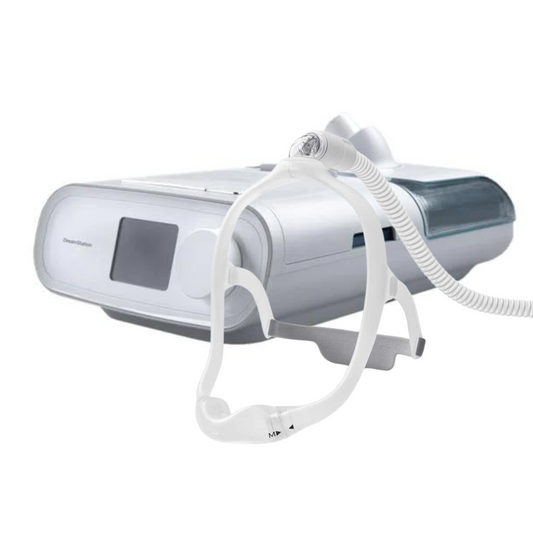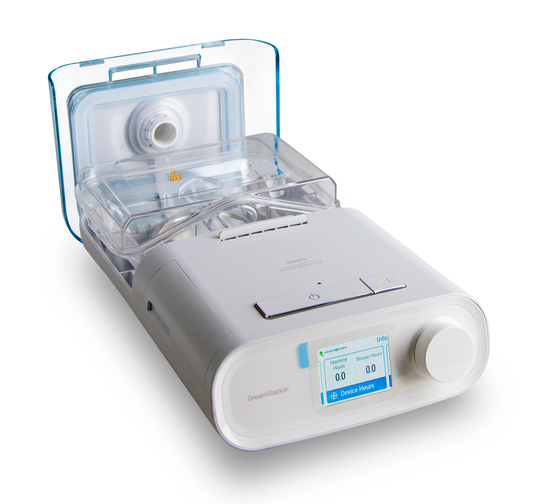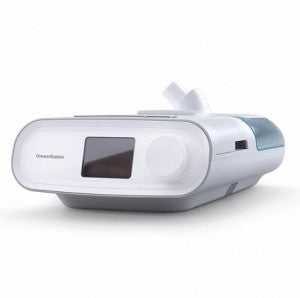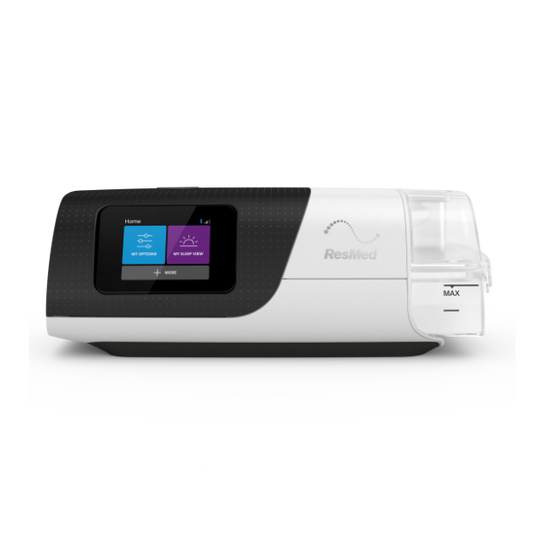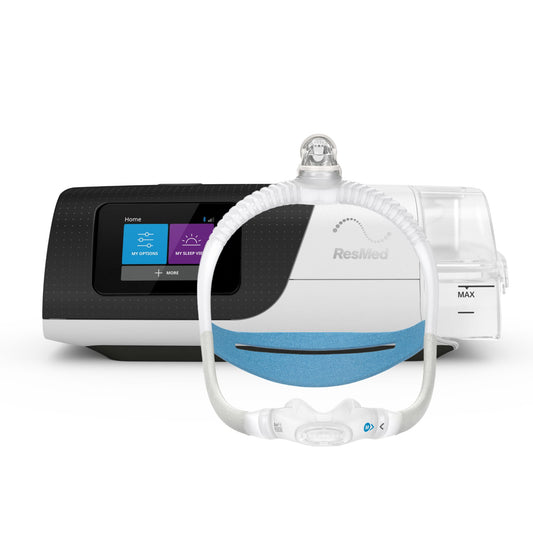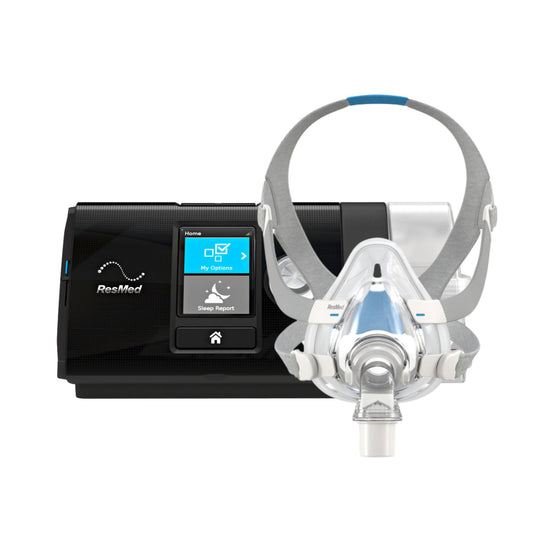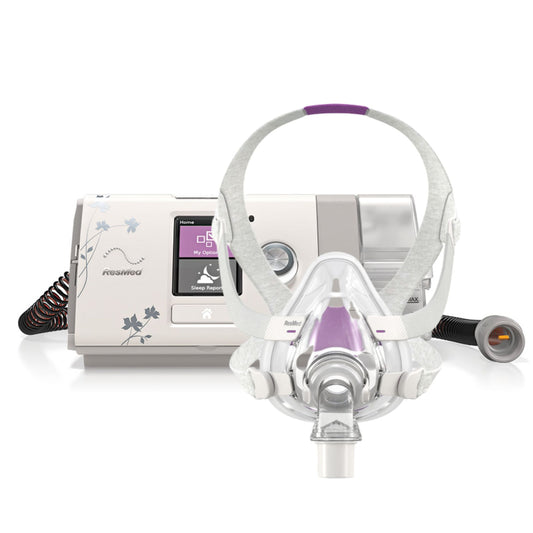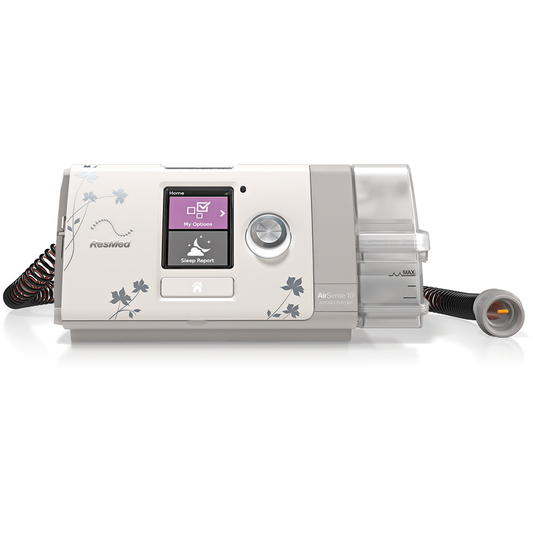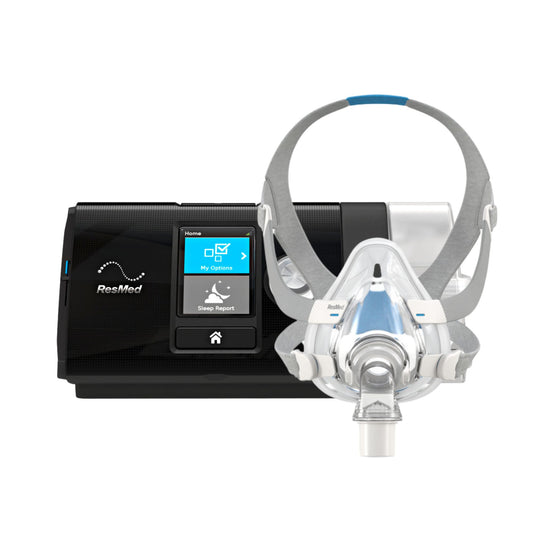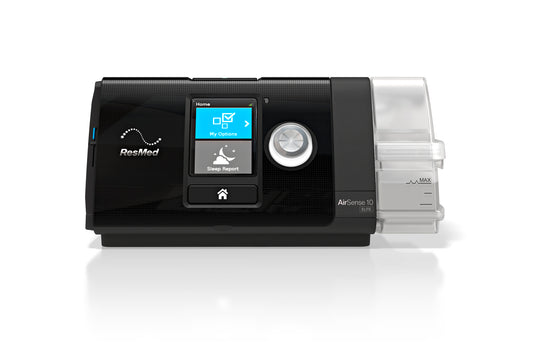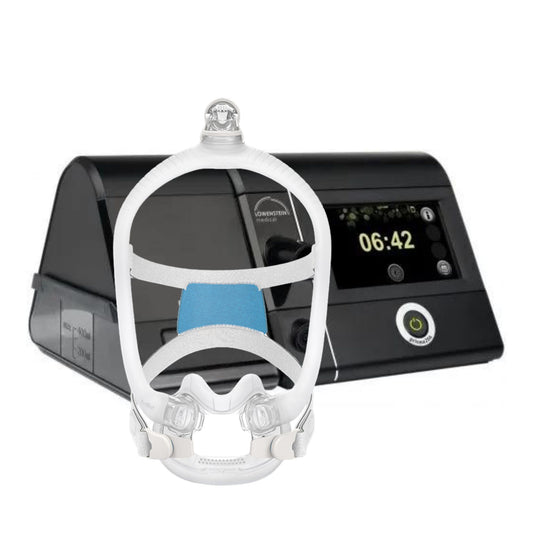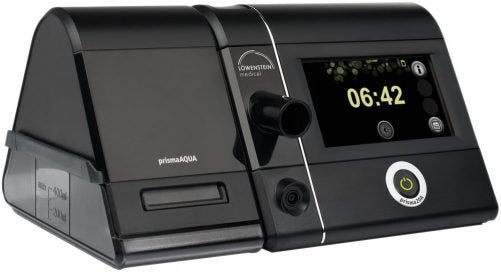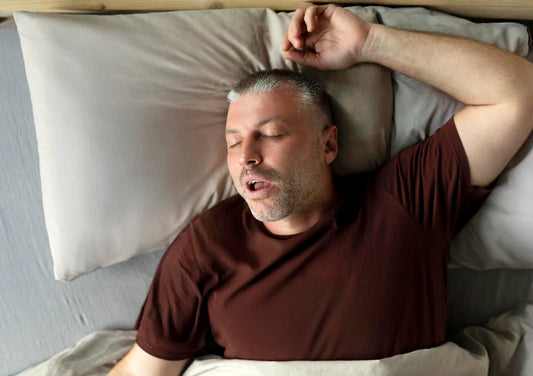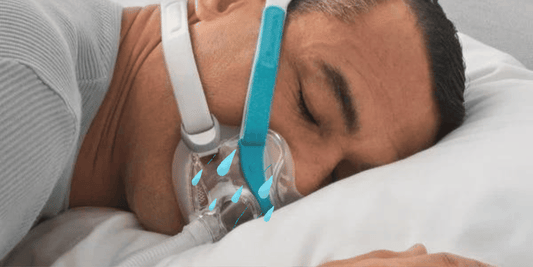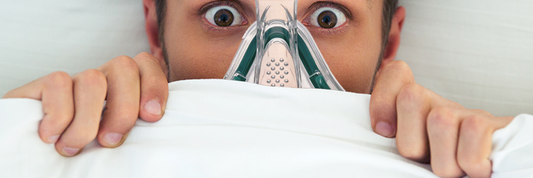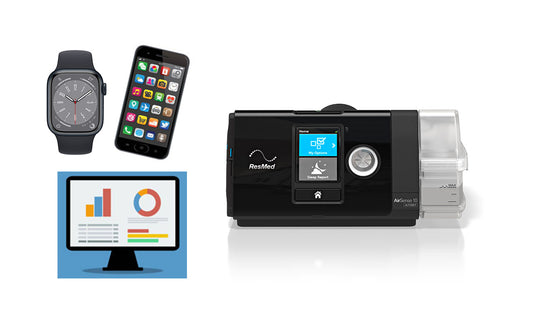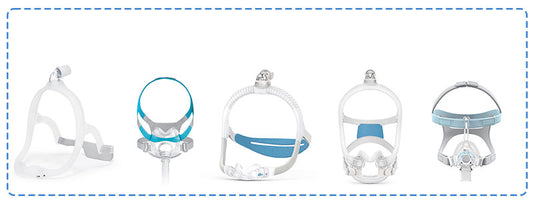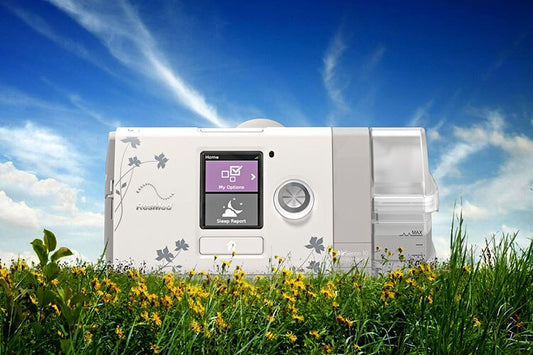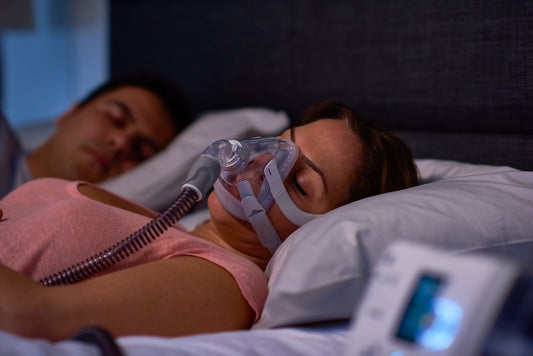Insomnia is a common sleep disorder with a long-term effect on the health of the afflicted. Surveys indicate that 13% to 33% of the adult population in Australia has insomnia which can be classified as a primary disorder or a comorbid mental or physical disorder. Fifty per cent of people with depression have insomnia as comorbid. In relation, people with insomnia are doubly at risk for developing depression. Insomnia is also associated with hypertension.
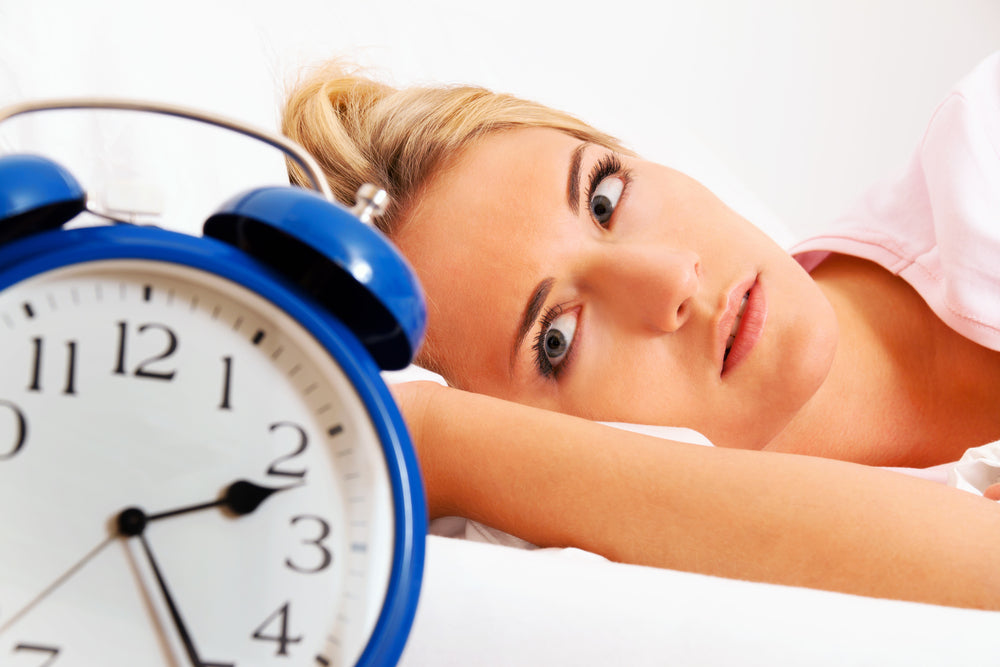
According to the 5th edition of the Diagnostic and Statistical Manual of Mental Disorders (DSM-5), insomnia is difficulty in falling asleep, staying asleep, and experiencing non-restorative sleep despite the opportunity to sleep well. These symptoms are present for at least 4 weeks and the lack of sleep impairs one’s daytime activities and functioning.
Acute Insomnia and Chronic Insomnia
Acute insomnia meets the definition set by the DSM-5 but with symptoms manifesting for less than 4 weeks. This type of insomnia is triggered by unexpected occurrences such as sickness, medication, and changes in circumstances or stress. When the unexpected event passes, the person’s sleep pattern returns to normal.
Chronic insomnia is the natural consequence of repeated episodes of acute insomnia or occurring comorbidities. A person who lacks sleep for more than 4 weeks thinks and behaves differently. The course of treatment is more on preventing relapse and achieving remission as the sleep disturbance is persistent and constant. A person with chronic insomnia is taught how to manage their symptoms over time.
Assessment and Diagnosis
Assessment and diagnosis of insomnia rely on the person’s sleep history which includes his sleep pattern based on a nightly, weekly, or monthly basis. The diagnostician asks questions such as the time it takes to fall asleep, frequency of awakenings, time he gets out of bed, trigger events and circumstances. The diagnostician will also establish if depression, anxiety or stress are exhibited by the patient. Lifestyle factors such as food, drink, nicotine, drugs, weight, and exercise are also considered.
A person with acute or chronic insomnia may exhibit poor memory, irritability, mood swings, lack of energy and general feeling of dissatisfaction. Comorbidities of insomnia are chronic medical conditions, anxiety, and other sleep disorders. Any comorbid condition of insomnia affects the sleep disorder itself and vice-versa. Insomnia may also result in absenteeism and accidents.
Treatment of Insomnia
There are two types of treatment for insomnia: non-pharmacological and pharmacological. Under non-pharmacological treatment are cognitive behaviour therapy (CBT), mindfulness and bright light exposure.
CBT is comprised of five main components stimulus control, sleep consolidation, relaxation techniques, cognitive therapy, and sleep hygiene education.
Mindfulness focuses on promoting sleep by reducing physiological and cognitive stimuli. Generally, CBT and mindfulness are combined for greater efficacy.
Bright light technique synchronizes the person’s circadian rhythm to put it in the right perspective.
Pharmacological treatment of insomnia includes medications such as melatonin and its variants, benzodiazepine-receptor agonists, antihistamines, antipsychotics, and antidepressants.
Do you have insomnia? Are you constantly sleepy and tired when you wake up in the morning?
See a qualified doctor for diagnosis. You may have a sleep disorder that is causing you restless nights and daytime sleepiness.
Find a clinic or call us now for a consultation 1300 750 006.
